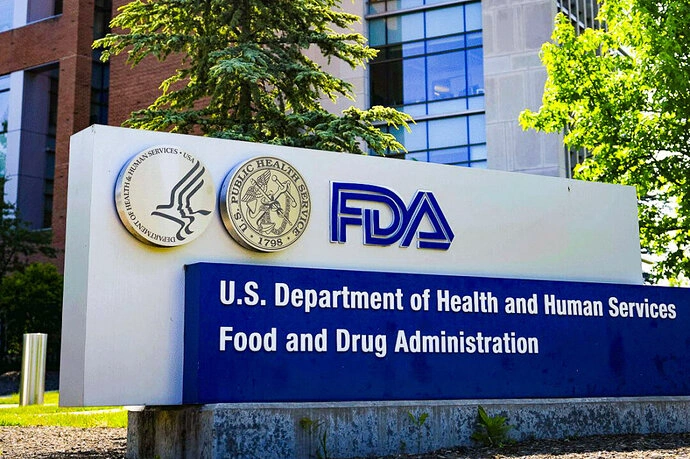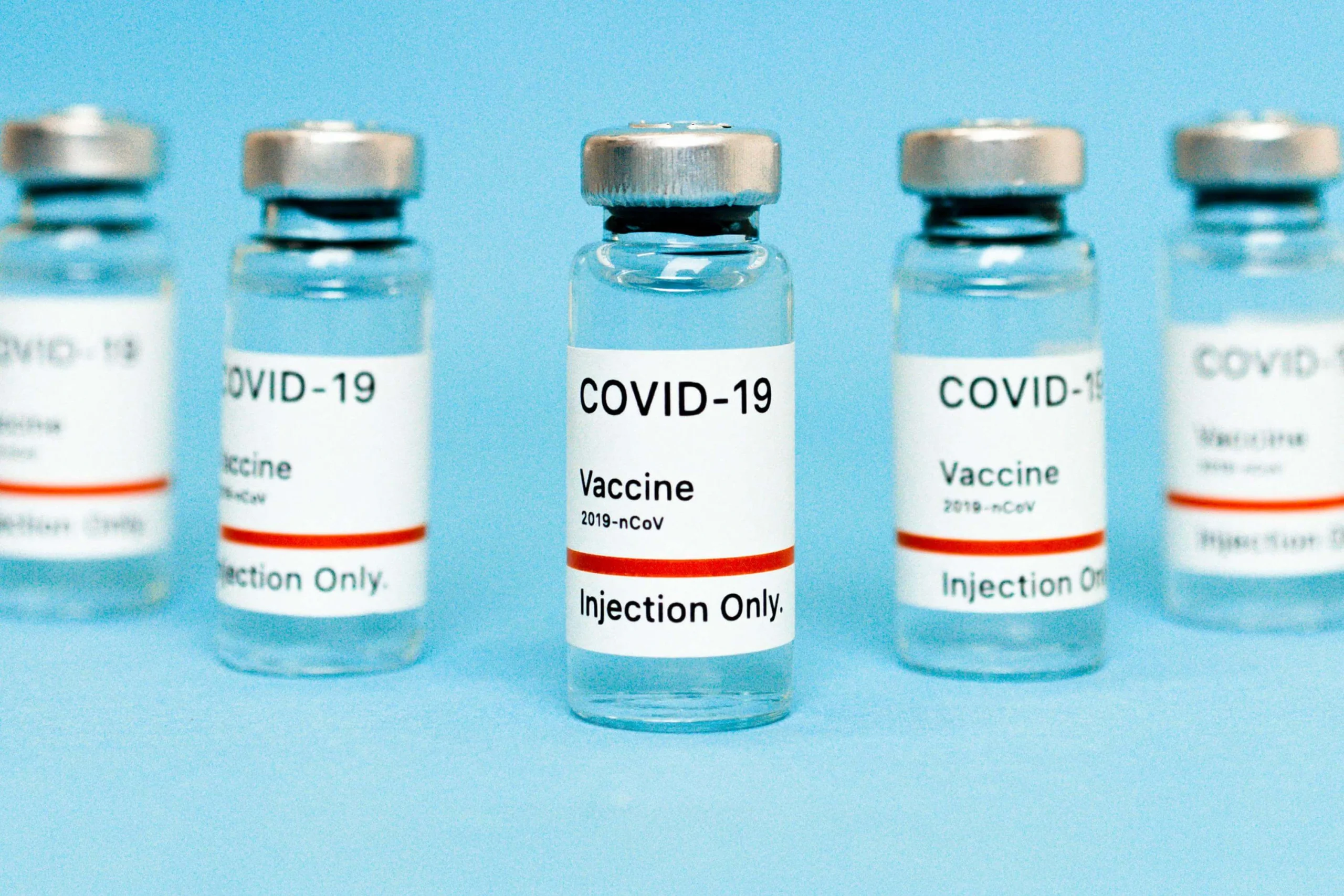5.4 Million Patient Records Exposed in Major Healthcare Data Breach: What You Need to Know
The staggering theft of medical histories, insurance IDs, and Social Security numbers reveals systemic vulnerabilities in third-party healthcare services.
LOS ANGELES—In the largest healthcare data breach of 2025 so far, hackers stole sensitive medical and personal data belonging to 5.4 million Americans from Episource, a healthcare analytics firm serving insurers and providers nationwide. The incident, confirmed in federal filings this month, ranks among the top 15 biggest health data breaches in U.S. history—exposing patients to long-term identity theft and fraud risks.

How the Healthcare Data Breach Unfolded
Episource detected “unusual activity” in its systems on February 6, 2025. Forensic investigations later revealed hackers had infiltrated its networks as early as January 27, spending ten days copying patient records before being detected. The company shut down systems and alerted law enforcement, but not before the attackers exfiltrated:
- Full names, addresses, and contact details
- Health insurance information (policy numbers, Medicaid/Medicare IDs)
- Medical histories (diagnoses, treatments, test results)
- Dates of birth and Social Security numbers (for some victims.
Crucially, no financial data (like credit card or banking details) was taken. Yet experts warn medical data is far more dangerous in criminals’ hands.
Third-Party Vulnerabilities Amplify Risks
The breach’s impact stretches far beyond Episource’s direct clients. As a “business-to-business vendor,” Episource operates behind the scenes, processing data for insurers and providers. Millions of affected patients—including 24,000 at California’s Sharp Healthcare—had no direct relationship with the company.
“What makes this breach alarming is that patients never chose or trusted Episource,” said Kurt, a cybersecurity analyst quoted in multiple reports. “Their sensitive data is now at risk because of a third party they didn’t know existed”
This incident highlights healthcare’s growing reliance on SaaS (Software-as-a-Service) vendors—companies like Episource that handle specialized tasks like medical coding and risk adjustment analytics. While these partnerships improve efficiency, they create “weak links” in the security chain. Recent statistics show 77% of breached healthcare records involve third-party vendors.
Healthcare Data: A Gold Mine for Criminals
Medical records fetch up to $1,000 each on the dark web—ten times more than credit card details. Why? Stolen health data enables:
- Medical identity theft: Fraudulent insurance claims or prescription drug scams
- Targeted phishing: Criminals use medical histories to craft believable scams
- Permanent exposure: Unlike credit cards, diagnoses and Social Security numbers can’t be changed
Episource stated it has “no evidence of misuse” so far, but experts dismiss this as cold comfort. “Once data like this is out, it spreads fast,” warned one analysis. “Consequences don’t wait for official confirmation”.
A Disturbing Trend Accelerates
This breach continues healthcare’s ransomware crisis:
- Change Healthcare (2024): 190 million records compromised
- Yale New Haven Health (2025): 5.5 million records stolen
- Blue Shield of California (2024): 4.7 million records exposed
May 2025 saw 60 major healthcare breaches reported to regulators—slightly below the monthly average but still exposing 1.8 million records. Hacking caused 76.7% of incidents, with business associates like Episource responsible for the majority of compromised files.
Patients: Steps to Protect Yourself
Affected individuals should:
- Accept Episource’s offer of 24 months of free credit monitoring
- Place fraud alerts with credit bureaus (Equifax, Experian, TransUnion)
- Review insurance Explanation of Benefits (EOBs) for unfamiliar services
- Exercise HIPAA rights: Request medical records to check for tampering
“Healthcare data breaches require indefinite vigilance,” said Jennifer Bresnick of DH Insights. “Stolen medical data can surface years later”
Can the Healthcare Industry Adapt?
Cybersecurity investment remains critically low. Nearly 90% of healthcare organizations lack adequate defenses, while providers spend just 6-8% of IT budgets on security—half the financial sector’s allocation.
Proposed solutions include:
- Stricter vendor audits: Mandating cybersecurity assessments for third parties
- Machine learning monitoring: AI tools that flag abnormal data access in real-time
- HIPAA reforms: Congress is debating stronger cybersecurity requirements for healthcare firms
For now, the Episource breach underscores a harsh truth: When patients entrust their data to hospitals or insurers, they’re also exposed to every vendor in that chain. And as healthcare’s digital ecosystem grows, so do its invisible vulnerabilities.








